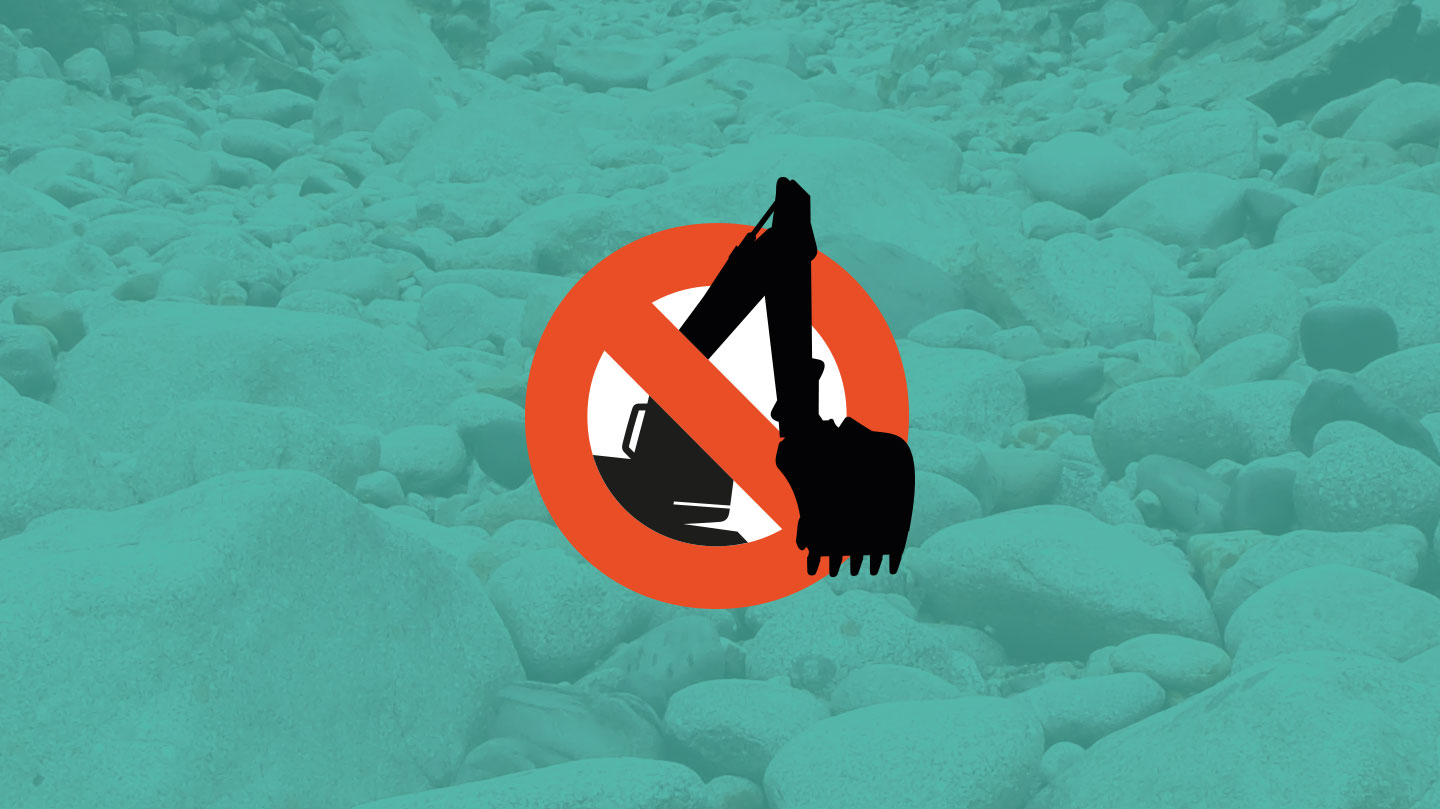Save Our Rivers is opposed to the development of wild and free flowing streams and rivers for hydro power, especially those that sit within designated areas. We believe that the minute amounts of power produced by micro hydro does not compensate for the environmental damage that they cause.
Much of the damage caused by this type of scheme can occur during the construction phase. Very restrictive Construction Management Statements (CMS) are written to gain the understandably strict planning controls for designated sites. These are either impossible to stick to — due to the reality of working on a wild hillside — or are deliberately ignored to cut costs. In Snowdonia we have seen access tracks being built when materials were meant to be delivered by helicopter, rivers and lakes damaged by silt pollution from heavy machinery driving through streams, and protected trees felled.

Bat roosts blocked with foam.
https://saveourrivers.org/wordpress/enough-is-enough/
Once schemes become operational, the impacts persist. Although most micro hydros are not built on migratory fish rivers, the in-river barriers trap sediment, starving spawning beds down steam. The de-watered sections of streams are found to be lower in biodiversity and invertebrate life than above the dams. Amazingly there are no good studies about the ecological impact of micro hydro in the UK, so we have to turn to Europe for a relevant one:
https://bankwatch.org/wp-content/uploads/2017/12/ecological-integrity-hydropower-Macedonia.pdf
Most worryingly of all there is no research, or consideration by regulators, of the impact of multiple schemes within the same catchment: the Llanberis pass now has a hydro scheme on every one of its streams.

Silt run-off causing pollution to the Nant Peris and Llyn Padarn.
How much power do they make:
The power produced by micro hydro in the National Park is tiny. The combined installed capacity of the 90 most recently built HEPs amounts to 6.43MW; this amounts to less than one offshore wind-turbine.
https://orsted.co.uk/en/Generating-energy/Offshore-wind/Our-wind-farms
Most micro hydro schemes have an installed capacity of under 100Kw, enough power for 10 people to have a shower, or 50 people to make a cup of tea. It is around 1/100th of one new generation offshore wind turbine or the equivalent power of putting solar panels on 50 houses (assuming a standard domestic install of 4KW and a capacity factor of 10-20%).
How much will the power cost:
The power produced by sub 100kw schemes is some of the most expensive renewable energy available. It would cost around 13p/KWH, more expensive than the controversially high price agreed for new nuclear and over twice the price of new offshore wind.
https://www.ofgem.gov.uk/environmental-programmes/fit/fit-tariff-rates

FIT payments:
Designed with the best of intentions, FIT payments were meant to allow domestic and community schemes to produce power for use at location and sell any excess to the grid for an export fee. However, the scheme has been exploited by large landowners — like the National Trust — and even multinational power companies — like RWE. These developers use no power at site and export it all to the grid. Schemes are often downrated: producing less power than would be possible, so as to maximise profit (as smaller schemes generate bigger payments). The result has been a proliferation of tiny schemes, producing insignificant amounts of power, using now outmoded generation techniques.
FIT payments have become a burden on consumers, producing the most expensive electricity on the grid, and have achieved no meaningful progress towards reducing C02. As a result they are being cancelled as of April 2019. An unfortunate consequence of this is a sudden rush of new schemes being rushed in by developers trying to cash in before the deadline.
Save Our Rivers is currently aware of the Afon Bodesi scheme by the National Trust, a private scheme on the Afon Croesor and two schemes by NRW (in Betws y Coed), all of which are in the pipeline for this year.


No Comments.